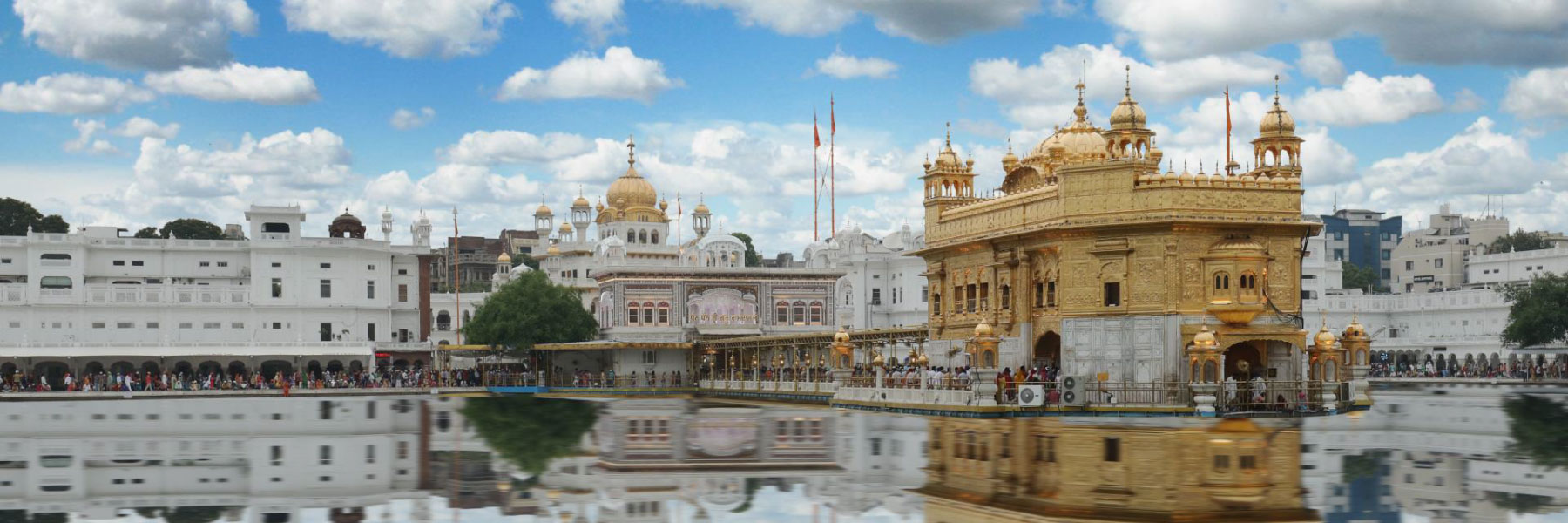
Sorry, we couldn't find anything that matches your search.
Destination

Famous Places to Explore in Hyderabad
A vibrant city with the imposing...

Raipur Tourist Places | Best Place to Visit
The stronghold of several erstwhile...

Ahmedabad
Declared as India's first UNESCO World...
#
Jallian Wala Bagh
Jallianwala Bagh in Amritsar is the site of one of the biggest tragedies in Indian history. On April 13, 1919, this park, spread across 7 acre, saw about 2,000 Indians indiscriminately shot dead at the hands of British soldiers lead by General O’Dyer. This incident is known as the Jallianwala Bagh massacre or the Amritsar massacre. Historical records tell that on the fateful day of the Punjabi harvest festival of Baisakhi, 15,000 to 20,000 people had gathered to celebrate. Apart from this, some people had also come together to hold a peaceful demonstration against the repressive Rowlatt Act that provided for stricter control of the press, arrests without warrant and indefinite detention without trial. The British got wind of it and surrounded the park armed with rifles. Then, on General O’Dyer’s orders, shots were fired indiscriminately over men, women and children.
The wall near the end of the park still holds the marks of around 36 bullets. After the shooting, several dead bodies had to be taken out of the well which people jumped into to avoid being shot. A memorial is built here to commemorate the 2,000 Indians who were killed or wounded. The story of this appalling massacre is told in the Martyr’s Gallery at the site. The incident was instrumental in changing the course of the Indian freedom struggle. It fuelled anger among people, leading to the Non-cooperation Movement of 1920-22. After the incident, Mahatma Gandhi declared, “The impossible men of India shall rise and liberate their motherland.”

Wagah Border
The Wagah Border is an army outpost on the Indian and Pakistani border, lying between the cities of Amritsar and Lahore (Pakistan). It is around 28 km from Amritsar and is one of the main access points overland to the neighbouring country of Pakistan. Among its many buildings, roads and barriers, one can witness the impressive Beating the Retreat ceremony, held here every day. During the ceremony, an infantryman stands at attention on both sides of the gate.
Then, the gates are flung open and the two soldiers, one from both India and Pakistan, approach each other, mimic anger and exchange fierce looks. After this, they shake hands and begin to lower both the Indian and the Pakistani flags on either side of the gate simultaneously. People from both countries gather to witness the impressive proceedings. On the Indian side of the border stands a huge gate with an encryption reading 'Swarn Jayanti Dwar' (Golden Jubilee Gate) and one can enjoy a panoramic view of the Wagah Border from here. The Lowering the Flag Ceremony is a must-see in Amritsar as the high-decibel spectacle leaves one in awe.

Central Sikh Museum
It exhibits paintings of saints, Sikh gurus, warriors and other important Sikh leaders. One can also find a rich collection of ancient manuscripts, arms and coins here. Along with a well-stocked library, the museum houses paintings by Sikh artists, musical instruments, pencil sketches and guns. Relics from Guru Gobind Singh's personal collection are also housed, which include a wooden comb (kangha), bow and arrows, iron chakras (circles) worn on the turban by a warrior and an iron jacket made of wires (sanjoe).

Golden Temple
Amritsar is world-famous for the beautiful and highly revered Golden Temple or Sri Harmandir Sahib, which is one of the most prominent spiritual sites in the country. The temple is a two-storeyed structure with its top half covered in almost 400 kg of pure gold leaf, which is what earned it its English moniker. Maharaja Ranjit Singh, the leader of the Sikh empire, is believed to have initiated the construction in the 19th century. The rest of the temple complex is built in white marble, inlaid with precious and semi-precious colourful stones. To create motifs, the pietra dura technique has been used. The grand temple complex is awe-inspiring in its size.
One must cover one’s head and remove his/her footwear before entering the Golden Temple, as a mark of respect. As one listens to the beautiful notes of gurbani (spiritual songs), the serene spirituality of the temple soothes the soul. One can also partake of the free meal that is offered here to around 20,000 people every day at the Guru Ka Langar (community meal), regardless of caste, creed or gender. The entire process is managed by volunteers and is one of the most humbling experiences you can have.







